Exposure Protection while SCUBA Diving
Exposure Protection while SCUBA Diving
Most of us have experienced a winter that brought on warmer temperatures than expected. I for one can’t say I minded it, and above average temps certainly make the rain here much more bearable. With all of that in mind though, the water temperatures have still fallen to reasonably chilly levels.
Most of us divers have to consider that unless you are diving in the tropics along the equator, you need some sort of exposure protection. So let’s take a look at a few methods for protecting your body from the brutal cold underwater by examining some fun facts about temperatures and the difference between wetsuits and drysuits.
The human body loses heat approximately 26 times faster in water than in air of the same temperature. For this reason, when diving in water temperature less than about 90 °F (32 °C), you must have some means to keep your body warm to prevent hypothermia. The most popular candidate for this task amongst divers across the spectrum is the wetsuit.
Wetsuit Function
If you’ve ever been diving, you have more than likely had to don a wetsuit. My instructors used to tell me, “Remember that there are two kinds of divers: The ones that pee in their wetsuits, and the ones that lie about peeing in their wetsuits.” This adage works on the old school thought that wetsuits use a thin layer of water between the skin and the neoprene material the suit is made of to keep the body warm. The seal in the wetsuit sleeves and neck are supposed to keep new water from seeping in and chilling the body. This fun little tidbit is actually FALSE!
The wetsuit keeps your body warm by heating the air bubbles in the neoprene itself. As a result, the more water that gets into your suit, the less effective it is. So it is not uncommon to see products like Skin Seals being sewn into suits in attempt to keep cold water from getting in.
Wetsuit Fit and Myths
There’s been a strange debate as to how a wetsuit is supposed to fit. A lot of this debate has been fueled from the incorrect assumptions of the “thin layer of water principle” as well as another common myth that suits either shrink or grow over time. So let’s dispel any wetsuit myths now.
First and foremost, the whole fitting issue is simple. Based on how a wetsuit traps heat, you want to select one that fits as close to the body as possible without giving you the body squeezes. This is a simple problem to avoid. A suit should be relatively easy to get onto your body with the neck and sleeves being increasingly difficult to slide over your hands.
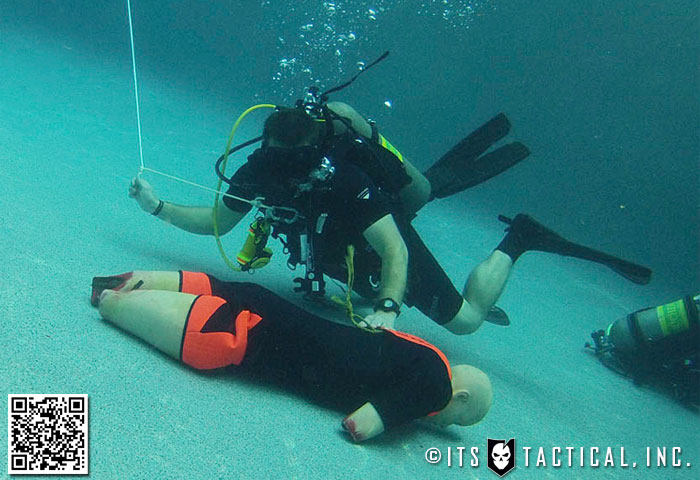
It was said in the old days to get a suit that fit larger but this is caused by the lack of availability of quality fabrics in the diving industry. Suits were less flexible and thus tended to squeeze in certain areas more so than today’s higher quality demand.
“Some wetsuits shrink and some wetsuits grow.” Well, if you say so. These claims are both false. The bottom line is that quality suits will not shrink or grow, but rather they will remain the same relative size for years and years. Unfortunately you can’t blame the dryer if your suit has shrunk (most suits can be machine washed). If your suit is fitting a bit snug after the holidays, a running regimen can help your suit fit a little better, I know I need it.
Now if you remember the gas laws article we put up here some time ago, then you may be familiar with Boyle’s Law. Boyle’s Law states that “given a constant temperature, the volume of a gas varies inversely as the absolute pressure.” Then you may be asking, what if I go deeper and those little gas bubbles we talked about decrease in size? You know the answer to that based on logic, the suit becomes less effective and that is why most technical divers turn to the drysuit.
Drysuits
Drysuits are a wonderful tool for those that want to take on a more adventurous or complex style of diving. Regardless of the quality of your wetsuit, eventually they simply cannot hang on to your expectations when you decide to go deeper, colder, or longer. Drysuits are much more complicated to dive with and require an actual training session to be comfortable, but the end result is a more enjoyable dive and some gawking from the other guys on the cattle boat. Let’s talk about how the drysuit works.
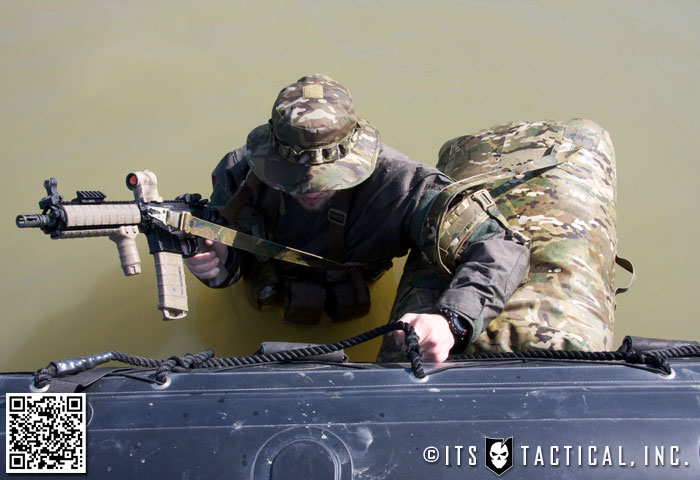
Plain and simple, the drysuit keeps you warm based on the clothing you decide to wear underneath it. The suit itself provides no real insulation property, but rather provides the users with a dry climate so that the user can choose appropriate garments to wear inside and a thin pocket of air between the skin and material. I’m not referencing all of the other fancy items out there like the neoprene drysuit, or the semi dry suit, I am talking about the fabric suit that you layer over cold weather garments to protect you from the elements.
This suit is generally fitted for the wearer, slightly oversized to accommodate more layers of clothing underneath. The suit consists of fabric and rubber to produce a watertight barrier with tight rubber seals at the ankles, wrists and neck as well as a waterproof zipper either across the chest or down the back. Rear entry suits require the aid of another diver to be properly donned. Once inside however, the diver is just about ready to hit the water.
Remember earlier when we referenced Boyle’s Law? This Law is a nuisance to the drysuit diver because as the gases between your body and the wall of the suit contract, they will try to suck water in through the seals. Drysuits have little plastic circles on the arms and chest that act as inflators and purge valves. This allows the diver to connect an inflator hose to his suit and force air in to keep the pressure ambient and to act as a buoyancy compensator. Upon ascent, the diver simply purges the air from the suit using any of the purge valves installed and continues a slow and steady climb to the surface.
Dive Skin
When diving in waters that are warm enough to not require a suit, some divers opt for a dive skin. A skin is the diver version of what those of us in the industry refer to as under armor or base layer. It is a thin polyester material that helps reduce the likelihood of scratches, cuts, and rashes from sea life such as fish or coral. These tend to be flattering on the wearer unless you’re Daniel Craig, and provide virtually no insulating properties.
Disclaimer
ITS Tactical cannot be held responsible for any attempts at any form of diving without first seeking professional training and advice. The following article is not intended as a replacement for proper training and equipment used in any water sport activity. Diving is inherently dangerous, and introduces a unique set of risks not typically present in everyday life. We urge you to seek proper instruction from a qualified, and certified agency before attempting any sport requiring a life support system, namely: SCUBA. It is likewise very important that you contact your health care provider before attempting any training classes to ensure you are in good physical condition. Those with pre-existing medical conditions may be at a higher risk for certain complications that may become present while SCUBA Diving.






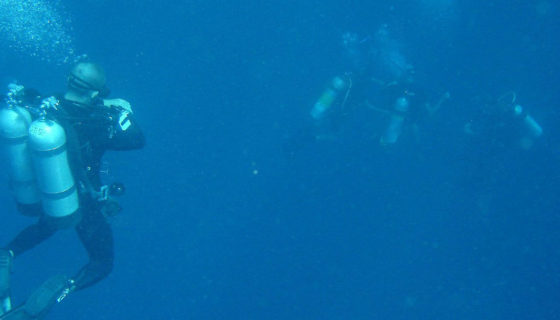
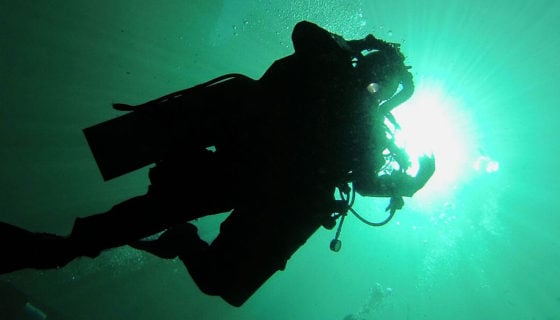
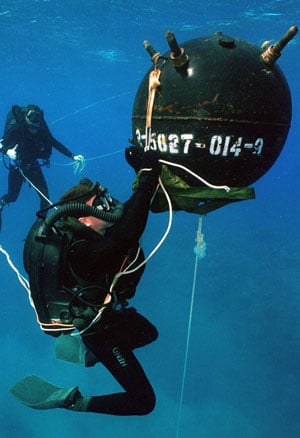
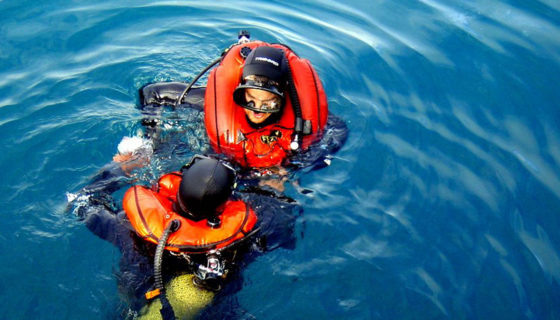

Discussion